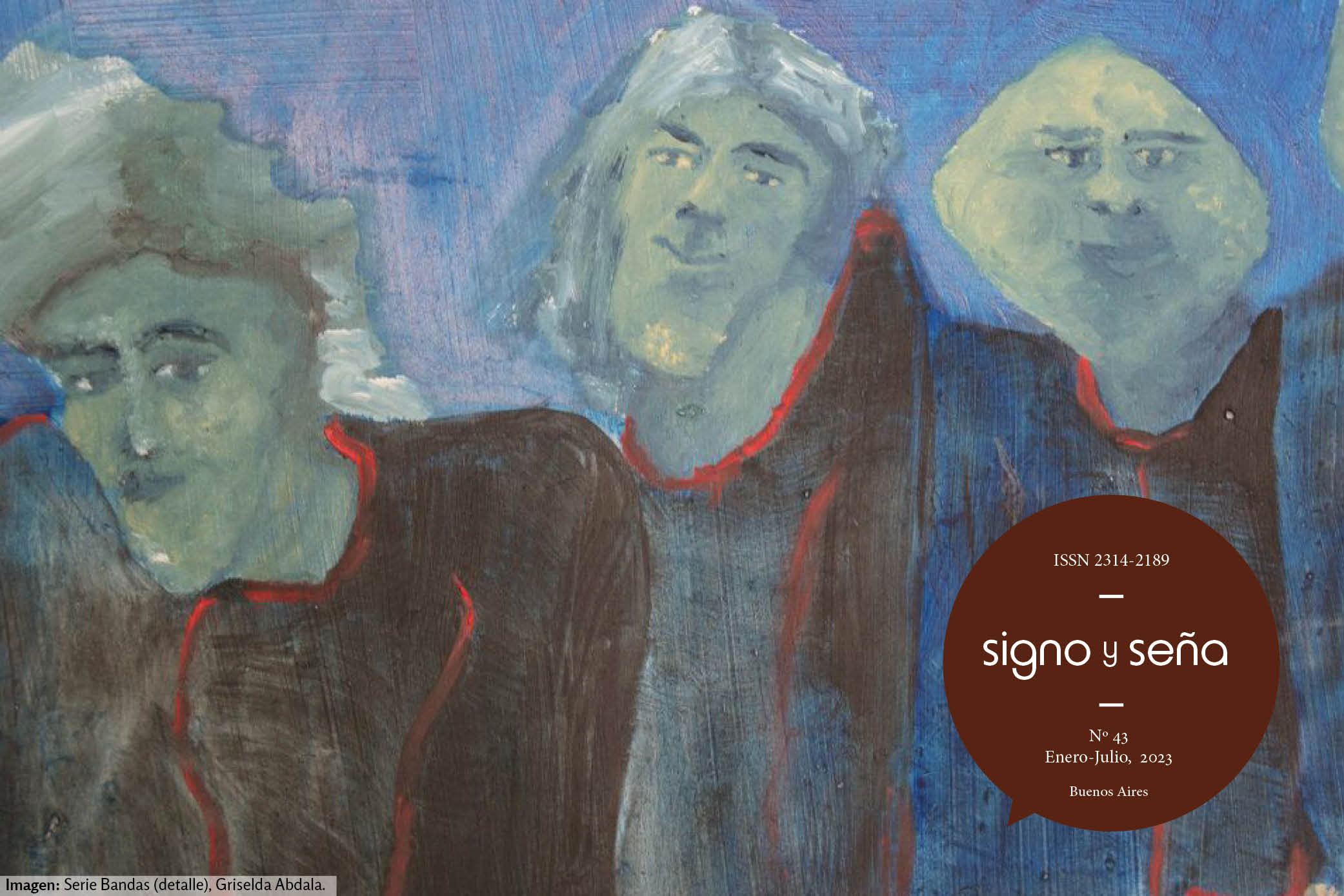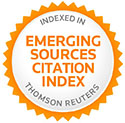Slangs as a linguistic phenomenon present in the communicative acts of immigrant users of Portuguese as a second language
Abstract
The following study represents a research approach to the linguistic phenomenon of jargon present in the communicative acts of immigrants using Portuguese as a second language. As a theoretical basis, the hypothesis of Sapir-Whorf (1954) was followed to establish the way in which the use of the Portuguese language in real and significant contexts re-dimensioned the worldview of the users of Portuguese as a second language. In order to develop mixed research (qualitative-quantitative) a non-experimental methodology was used, with a qualitative approach of phenomenological type, since a descriptive correlational design was employed. The sample consisted of 12 key informants, of Venezuelan nationality, residing in the Federative Republic of Brazil since 2020, in the state of São Paulo, who use Portuguese as a second language in their daily lives. The results show that the use of slangs has not only allowed users to feel more comfortable using a second language, but has also changed the way they experience communicative interactions. It is concluded that the use of slangs has a positive impact on the sociolinguistic relations of immigrant communities using Portuguese as a second language.Downloads
References
Brandet Alves, J., y Viana, F. C. (2020). O uso de gírias: crenças, preconceitos e identidades. Traços De Linguagem - Revista De Estudos Linguísticos, 4(1). https://doi.org/10.30681/2594.9063.2020v4n1id4590
Cabal Solano, M. C. (2021). Gírias brasileiras e ensino de português como língua estrangeira na Colômbia: um estudo lexicográfico. (Acceso No 2021-10-25T21:35:57Z) [Tesis para optar al grado de Profesional en Lenguas y Cultura, Universidad de los Andes de Colombia].
De Avelino, H. C. M., y Bueno, E. S. Da S. (2015). Variação linguística – Estudo comparativo do uso de palavras calão e gírias no português falado por alunos do ensino fundamental e médio de Dourados. ANAIS DO ENIC, 1(1). https://anaisonline.uems.br/index.php/enic/article/view/1140
Duarte Martins, S. (2021). Humor e ensino de Português Língua Estrangeira em contexto multicultural. EntreLinguas, 7(6), 1-29.
Marques, D. M., and Camargo, M. (2021). Studying quilombola practices of resistance on Instagram. Trabalhos em Linguística Aplicada, 59, 1946-1965
Menon, O. P. da S. (2019). Contador de Argote: um dialetólogo/sociolinguista avant la lettre?. Signum: Estudos Da Linguagem, 22(2), 167–191. https://doi.org/10.5433/2237-4876.2019v22n2p167
Murari, T. C., Frederigue-Lopes, N. B., Santos, F. R. D., and Delgado-Pinheiro, E. M. C. (2022). List of sentences in Portuguese: speech perception evaluation in children. Revista CEFAC, 24.
Ostrovsky, A. P. y Mitchell, P. D. (2020). Análisis del concepto de gíria a partir del portugués brasileño.
Pereira, D. A. (2021). A survey of sentiment analysis in the Portuguese language. Artificial Intelligence Review, 54(2), 1087-1115.
Serajiddinovna, S. S. (2020). Linguocultural Features of the Completion of Verbal Communication and the Use of Slangs in Communication. International Journal of Multicultural and Multireligious Understanding, 7(10), 554-558.
Windle, J., & Ferreira, B. B. P. (2019). Plurilingual social networks and the creation of hybrid cultural spaces. Trabalhos em Linguística Aplicada, 58, 139-157.
- Authors keep the copyright and give the journal the right of the first publication, with the work registered with the Creative Commons Attribution-ShareAlike 4.0 International License, which allows third parties to use what is published whenever they mention the authorship of the work and the first publication in this magazine.
- Authors can make other independent and additional contractual agreements for the non-exclusive distribution of the article published in this journal (eg, include it in an institutional repository or publish it in a book) as long as they clearly indicate that the work It was published for the first time in this magazine.
- Authors are allowed and recommended to publish their work on the Internet (for example on institutional or personal pages).

















